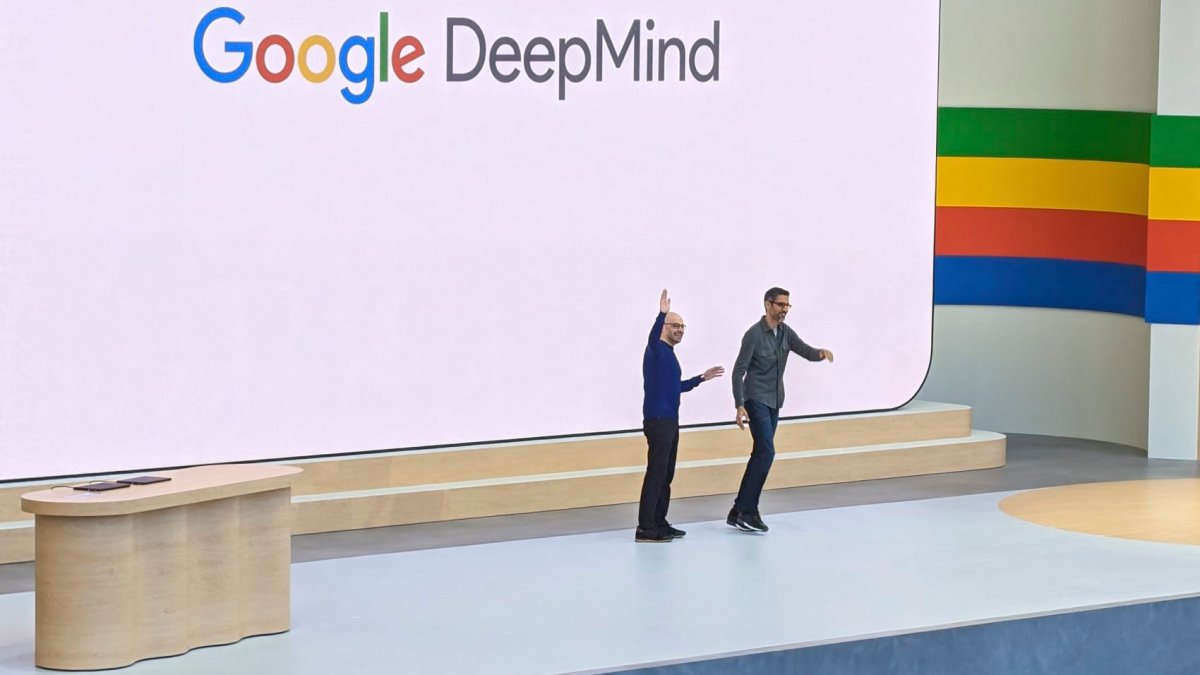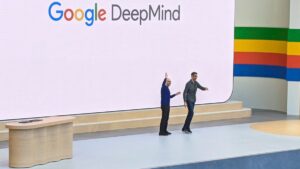DeepMind Announces Plans to Utilize AI Models for Physical Robots

Google Introduces New AI Models for Robotics
Unveiling Gemini 2.0
On Wednesday, Google DeepMind launched two advanced AI models tailored for robotics, both powered by their latest technology known as Gemini 2.0. This technology is regarded as Google’s "most capable" AI to date, expanding the potential of generative AI beyond just text and images to include physical actions that control robots.
Partnership with Apptronik
Google has announced a collaborative effort with Apptronik, a Texas-based robotics company, to create a new generation of humanoid robots using Gemini 2.0. Apptronik has a notable background, having worked with companies like Nvidia and academic institutions like NASA. Recently, they secured significant funding, including a $350 million round in which Google participated.
Demonstrations of Capabilities
In a series of demonstration videos, Google showcased Apptronik robots performing various tasks. These included:
- Plugging into power strips
- Packing a lunchbox
- Sorting plastic vegetables
- Zipping up bags
These actions were executed in response to verbal commands, highlighting the responsiveness and dexterity of the new AI models.
Key Features of Gemini Robotics
Google emphasizes that for AI to be effective in robotics, three main qualities must be present:
- General Adaptability: Robots should adjust to diverse situations effectively.
- Interactive Responsiveness: Robots need to quickly comprehend and react to instructions or changes in their environment.
- Dexterity: They must perform tasks similar to how humans handle objects, allowing them to manipulate items carefully and skillfully.
Gemini Robotics-ER
In addition to Gemini Robotics, Google introduced Gemini Robotics-ER (Extended Reasoning), designed as a foundation for roboticists to train their AI models. This variant is accessible to Apptronik and several "trusted testers," including notable companies like Agile Robots, Boston Dynamics, and others.
The Broader Landscape of AI in Robotics
Google isn’t alone in the pursuit of AI advancements for robotics. Last November, OpenAI invested in a startup called Physical Intelligence, which aims to integrate general-purpose AI into robotic applications through sophisticated algorithms.
OpenAI also made headlines by hiring a senior executive to lead its robotics and consumer hardware efforts, underlining its commitment to this burgeoning field. Meanwhile, Tesla is also transitioning into robotics with its Optimus robot, signaling a competitive and rapidly evolving industry.
Vision for Future Robotics
Sundar Pichai, CEO of Google, shared insights on social media, expressing that robotics serves as a crucial "testing ground" for applying AI in practical scenarios. He highlights that these robots will leverage Google’s multimodal AI to adapt and respond dynamically to their environments.
Ongoing Developments
While Google has not specified a release date for these robotic technologies, the progress seen in demonstrations and partnerships reflects a significant leap forward in the integration of AI in real-world applications. As companies like Google, OpenAI, and Tesla continue to innovate in this space, the future of robotics looks promising and multifaceted.






